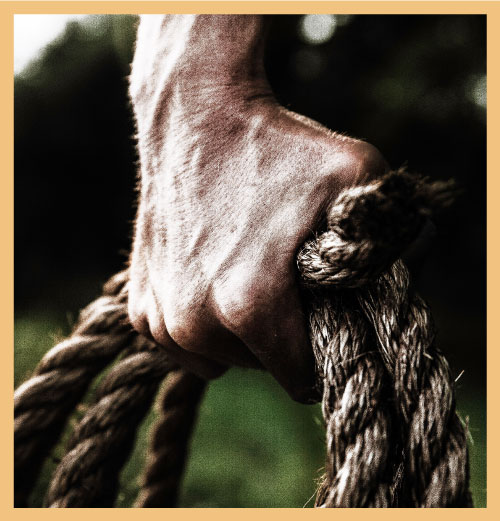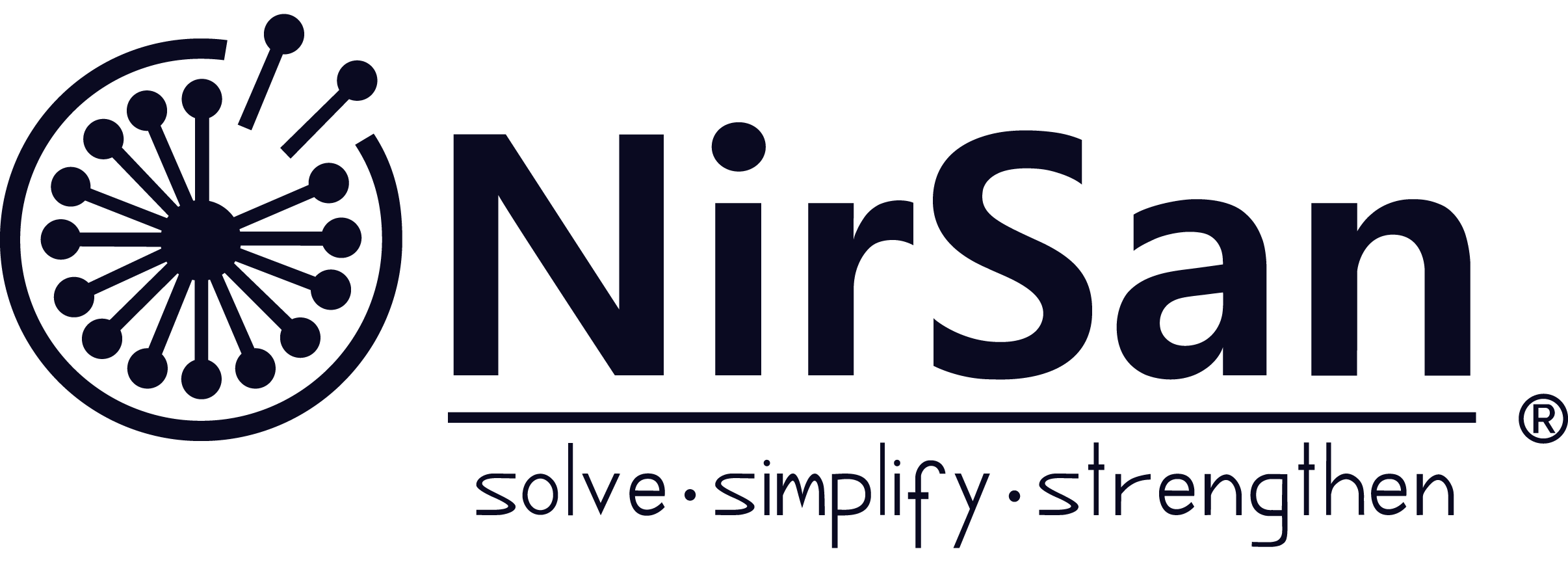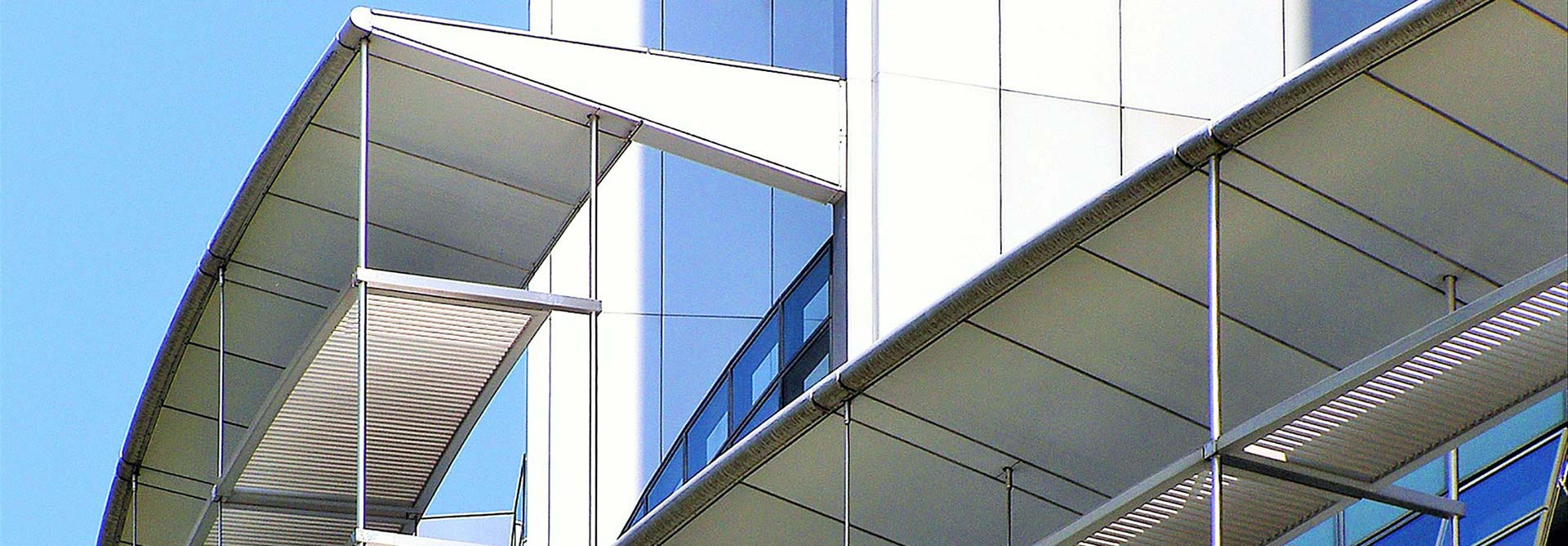
What is SECOPAR®?

Governance provides the foundation and base for the superstructure of organisational processes. Strong governance underpins sustained high performance, leads to operational smoothness and performance stability, enables effective problem solving, and improves the quality of long-term strategic choices. Unfortunately, the treatment of governance has remained unidimensional, and is mostly seen as a direct fallout of the organisation’s structure. SECOPAR® believes in a richer and multifaceted conception of governance. It provides you with an evaluation of your organisation’s decision making architecture based on a framework that incorporates seminal factors such as the nature of decisions, cultural context of the organisation, identity of decision makers, and nature of the environment.
Governance provides the foundation for successful organisational processes by enabling high performance, operational smoothness, effective problem solving, and high quality strategic choices. Unfortunately, the treatment of governance in business organisations has remained unidimensional, and is seen mostly as a fallout of organisation structure. SECOPAR® has a richer and more multifaceted conception of governance. It assesses your organisation’s governance architecture incorporating seminal factors such as nature of decisions, cultural context, identity of decision makers, and nature of environment.
Governance provides the foundation for successful organisational processes by enabling high performance, operational smoothness, effective problem solving, and high quality strategic choices. Unfortunately, the treatment of governance in business organisations has remained unidimensional, and is seen mostly as a fallout of organisation structure. SECOPAR® has a richer and more multifaceted conception of governance. It assesses your organisation’s governance architecture incorporating seminal factors such as nature of decisions, cultural context, identity of decision makers, and nature of environment.
Governance provides the foundation for successful organisational processes by enabling high performance, operational smoothness, effective problem solving, and high quality strategic choices. Unfortunately, the treatment of governance in business organisations has remained unidimensional, and is seen mostly as a fallout of organisation structure. SECOPAR® has a richer and more multifaceted conception of governance. It assesses your organisation’s governance architecture incorporating seminal factors such as nature of decisions, cultural context, identity of decision makers, and nature of environment.
Why worry about your "governance"? Why get SECOPAR®?
The governance of an enterprise has mostly been conceived as an extension of its structure. While there is no denying the linkage, such an approach negates the impact of several causal factors, and runs contrary to common intuition. For, if structure and governance are synonymous, then of what independent and fruitful leverage is governance design? SECOPAR® conceptualises governance as an organisational construct that is connected to others, yet independent, and with manifold degrees of freedom. Instead of going by the common practice of treating the body of organisational decisions as homogeneous, it recognises their inherent heterogeneity, and categorises them accordingly. Hence, get SECOPAR® to get a rich, nuanced and disaggregated view of your organisation’s governance structure.
Governance has mostly been conceived as an extension of structure. While the linkage is not to be denied, this approach negates the impact of causal factors, and runs contrary to common intuition. For, if structure and governance are synonymous, then of what independent and fruitful leverage is governance design? SECOPAR® conceptualises governance as an organisational construct that is connected to others, yet independent. It recognises the inherent heterogeneity within the body of organisational decisions. Get SECOPAR® for a rich, nuanced, disaggregated view of your governance.
Governance has mostly been conceived as an extension of structure. While the linkage is not to be denied, this approach negates the impact of causal factors, and runs contrary to common intuition. For, if structure and governance are synonymous, then of what independent and fruitful leverage is governance design? SECOPAR® conceptualises governance as an organisational construct that is connected to others, yet independent. It recognises the inherent heterogeneity within the body of organisational decisions. Get SECOPAR® for a rich, nuanced, disaggregated view of your governance.
Governance has mostly been conceived as an extension of structure. While the linkage is not to be denied, this approach negates the impact of causal factors, and runs contrary to common intuition. For, if structure and governance are synonymous, then of what independent and fruitful leverage is governance design? SECOPAR® conceptualises governance as an organisational construct that is connected to others, yet independent. It recognises the inherent heterogeneity within the body of organisational decisions. Get SECOPAR® for a rich, nuanced, disaggregated view of your governance.

Who will benefit from SECOPAR®?

Organisation leaders are the foremost beneficiaries of SECOPAR®, on several counts. First, they benefit from a heterogeneous view of decisions, and are able to customise their stylistic approach to suit the different categories of decisions. Second, they are able to create a sense of equity and fairness in the organisation by folding in contextual and environmental factors into the governance design. Third, they get a much greater grip on the operations and performance of their enterprise through the framework of SECOPAR®. Besides organisational leaders, decision makers in general benefit from SECOPAR®. Rather than relegating governance to being a synonym of organisation structure, SECOPAR® provides them a helping hand by incorporating causal factors of great relevance within the decision making architecture.
Organisation leaders are the foremost beneficiaries of SECOPAR®. First, they benefit from a heterogeneous view of decisions, and are able to customise their stylistic approaches accordingly. Second, they are able to create a sense of equity and fairness by folding in contextual and environmental factors into the design of governance. Third, they get a much greater grip on operations and performance. Besides leaders, decision makers in general benefit. With SECOPAR®, governance is not just an artefact of structure, but incorporates causal factors of great relevance within the decision making architecture.
Organisation leaders are the foremost beneficiaries of SECOPAR®. First, they benefit from a heterogeneous view of decisions, and are able to customise their stylistic approaches accordingly. Second, they are able to create a sense of equity and fairness by folding in contextual and environmental factors into the design of governance. Third, they get a much greater grip on operations and performance. Besides leaders, decision makers in general benefit. With SECOPAR®, governance is not just an artefact of structure, but incorporates causal factors of great relevance within the decision making architecture.
Organisation leaders are the foremost beneficiaries of SECOPAR®. First, they benefit from a heterogeneous view of decisions, and are able to customise their stylistic approaches accordingly. Second, they are able to create a sense of equity and fairness by folding in contextual and environmental factors into the design of governance. Third, they get a much greater grip on operations and performance. Besides leaders, decision makers in general benefit. With SECOPAR®, governance is not just an artefact of structure, but incorporates causal factors of great relevance within the decision making architecture.
Where (in which settings) should you get SECOPAR®?
Get SECOPAR® for your organisation if you are faced with any of the following four challenges. First is the challenge of ‘conceptual independence’: when governance is synonymous with structure, and not viewed as an independent concept or construct. Second is the challenge of ‘contextual understanding’: when the body of decisions are treated alike within the decision making architecture, irrespective of their organisational, business and environmental context. Third is the challenge of ‘uniformity’: when governance structures and approaches tend to vary widely across different parts of the organisation, often driven by historical reasons. Fourth is the challenge of ‘clarity and communication’: when governance structures exist on paper, but are not complied with on account of poor communication and emphasis.
Get SECOPAR® if faced with any of four challenges. First, ‘conceptual independence’: when governance is synonymous with structure, and not viewed as an independent construct. Second, ‘contextual understanding’: when the body of decisions is considered homogeneous, irrespective of business, organisational and environmental context. Third, ‘uniformity’: when governance structures tend to vary widely across different parts of the organisation. Fourth, ‘clarity and communication’: when governance structures exist on paper, but not complied with on account of poor communication.
Get SECOPAR®℠ if faced with any of four challenges. First, ‘conceptual independence’: when governance is synonymous with structure, and not viewed as an independent construct. Second, ‘contextual understanding’: when the body of decisions is considered homogeneous, irrespective of business, organisational and environmental context. Third, ‘uniformity’: when governance structures tend to vary widely across different parts of the organisation. Fourth, ‘clarity and communication’: when governance structures exist on paper, but not complied with on account of poor communication.
Get SECOPAR® if faced with any of four challenges. First, ‘conceptual independence’: when governance is synonymous with structure, and not viewed as an independent construct. Second, ‘contextual understanding’: when the body of decisions is considered homogeneous, irrespective of business, organisational and environmental context. Third, ‘uniformity’: when governance structures tend to vary widely across different parts of the organisation. Fourth, ‘clarity and communication’: when governance structures exist on paper, but not complied with on account of poor communication.

How does SECOPAR® work?

The design of SECOPAR® is based on its proprietary four-part framework with the acronym ‘MODE’. With SECOPAR®, you will undergo the four stages of ‘installation’, ‘engagement’, ‘analysis’ and ‘dissemination’ over a period of ten weeks. To install SECOPAR®, you will define the challenges that have been identified in the existing governance structure; decide the scope of research by identifying organisation units or groups of decisions as the subjects; and identify the research respondents. Subsequently, SECOPAR® will interact with the respondents and analyse relevant organisational records to obtain inputs, which will then be analysed based on the product’s proprietary framework. The research output for organisational leadership will comprise narrative accounts supported by quantitative analysis.
SECOPAR® is designed based on our proprietary framework with the acronym ‘MODE’. ‘Installation’, ‘engagement’, ‘analysis’ and ‘dissemination’ takes place over ten weeks. To install, you will identify challenges in the existing governance structure; decide scope by identifying organisation units or groups of decisions; and identify the respondents. SECOPAR® will then interact with respondents and analyse relevant records and data based on the product’s proprietary framework. SECOPAR® output for organisational leadership will comprise narrative accounts supported by quantitative analysis.
SECOPAR® is designed based on our proprietary framework with the acronym ‘MODE’. ‘Installation’, ‘engagement’, ‘analysis’ and ‘dissemination’ takes place over ten weeks. To install, you will identify challenges in the existing governance structure; decide scope by identifying organisation units or groups of decisions; and identify the respondents. SECOPAR® will then interact with respondents and analyse relevant records and data based on the product’s proprietary framework. SECOPAR® output for organisational leadership will comprise narrative accounts supported by quantitative analysis.
SECOPAR® is designed based on our proprietary framework with the acronym ‘MODE’. ‘Installation’, ‘engagement’, ‘analysis’ and ‘dissemination’ takes place over ten weeks. To install, you will identify challenges in the existing governance structure; decide scope by identifying organisation units or groups of decisions; and identify the respondents. SECOPAR® will then interact with respondents and analyse relevant records and data based on the product’s proprietary framework. SECOPAR® output for organisational leadership will comprise narrative accounts supported by quantitative analysis.
When during the operating year should you get SECOPAR®?
SECOPAR® is designed for biennial as well as episodic usage. SECOPAR® requires ten weeks to go through the ‘installing’, ‘engaging’, ‘analysing’ and ‘disseminating’ phases. If you are using SECOPAR® on a biennial calendar, then we recommend preferred usage during the second half of the year. This timing is preferred for three reasons. First, changes in decision making architecture can be implemented from the beginning of the year. Second, the output of research will be timed well for incorporation into the human resources and budgeting cycles. Third, the research will benefit from recent inputs from the ongoing annual business cycle. When using SECOPAR® on an episodic basis or for the first time, we do not recommend a timing. Use SECOPAR® when you encounter any of the four challenges mentioned earlier.
SECOPAR® is designed for biennial as well as episodic usage. When using SECOPAR® biennially, we recommend usage during the second half of the year, for three reasons. First, changes in governance architecture can be implemented from the beginning of the year. Second, the research output can be incorporated timely into the human resources and budgeting cycles. Third, the research will benefit from recent inputs from the ongoing business cycle. For episodic usage, we do not suggest a timing. Get SECOPAR® as and when you encounter any of the four challenges mentioned earlier.
SECOPAR® is designed for biennial as well as episodic usage. When using SECOPAR® biennially, we recommend usage during the second half of the year, for three reasons. First, changes in governance architecture can be implemented from the beginning of the year. Second, the research output can be incorporated timely into the human resources and budgeting cycles. Third, the research will benefit from recent inputs from the ongoing business cycle. For episodic usage, we do not suggest a timing. Get SECOPAR® as and when you encounter any of the four challenges mentioned earlier.
SECOPAR® is designed for biennial as well as episodic usage. When using SECOPAR® biennially, we recommend usage during the second half of the year, for three reasons. First, changes in governance architecture can be implemented from the beginning of the year. Second, the research output can be incorporated timely into the human resources and budgeting cycles. Third, the research will benefit from recent inputs from the ongoing business cycle. For episodic usage, we do not suggest a timing. Get SECOPAR® as and when you encounter any of the four challenges mentioned earlier.

© Copyright 2019  All rights reserved.
All rights reserved.
© Copyright 2019  All rights reserved.
All rights reserved.
© Copyright 2019  All rights reserved.
All rights reserved.
© Copyright 2019  All rights reserved.
All rights reserved.
